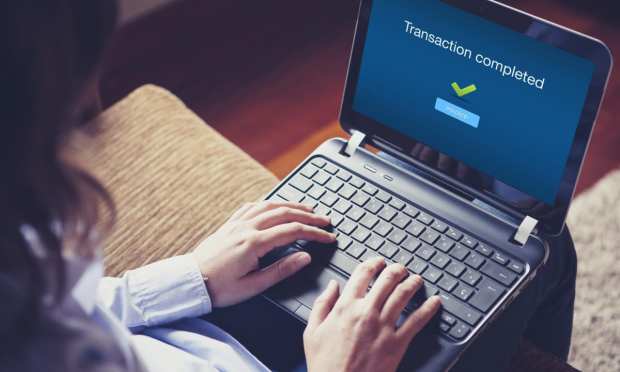Sea Change: How COVID Has Changed Our Payment Needs

Consumers’ payment needs have experienced a sea change in the past two years, with many people realizing access to real-time payments is something they didn’t know they needed.
Homeowners want their mortgage payments to clear as soon as they click “send, while workers like not having to wait for their paychecks to become available in their bank accounts.
Real-time payment options mean consumers’ money is available for spending as soon as funds are sent to them, and have become one of the key trends defining the consumer payments landscape. It hit a global market value of $10.6 billion in 2020 and is expected to rise at a compound annual growth rate (CAGR) of 33% by 2028.
And real-time payments are valuable to businesses as well, as they can substantially improve cash flow and operational efficiencies. Consumers are a chief driver of this payment option, however — both in terms of making and receiving payments.
Which Consumers are Most Interested in Real-Time Payments?
But which consumers are we talking about?
Our latest research shows a fifth of all U.S. consumers cite receiving real-time payments most frequently for at least one type of disbursement, compared to just 14% a year ago.
Most of those payments are paychecks or other income sources delivered through real-time payment rails. The use of real-time payments has more than tripled in the last two years, moving from 57% of disbursements in 2020 to 17% last year.
At the same time, the number of consumers who wished to get disbursements through cash and check has fallen 35% and nearly 50%, respectively, since 2020.
These shifts illustrate the U.S. consumer’s increased comfort with real-time payments, as 15% more consumers would be inclined to pick real-time disbursements if given the choice now compared to the number from 2020.
This trend is driven by younger consumers, with bridge millennials and millennials being 24% and 26% likelier, respectively, to opt for real-time payment options compared to in 2020. And cost has little to do with this. In fact, a third of consumers say they would pay a fee to receive money in real time.
Highly connected consumers value speed and efficiency, and increasingly drawn to the value of instant payments. Download your free copy of the Real-Time Payments Tracker, by PYMNTS and The Clearing House, to learn more.
